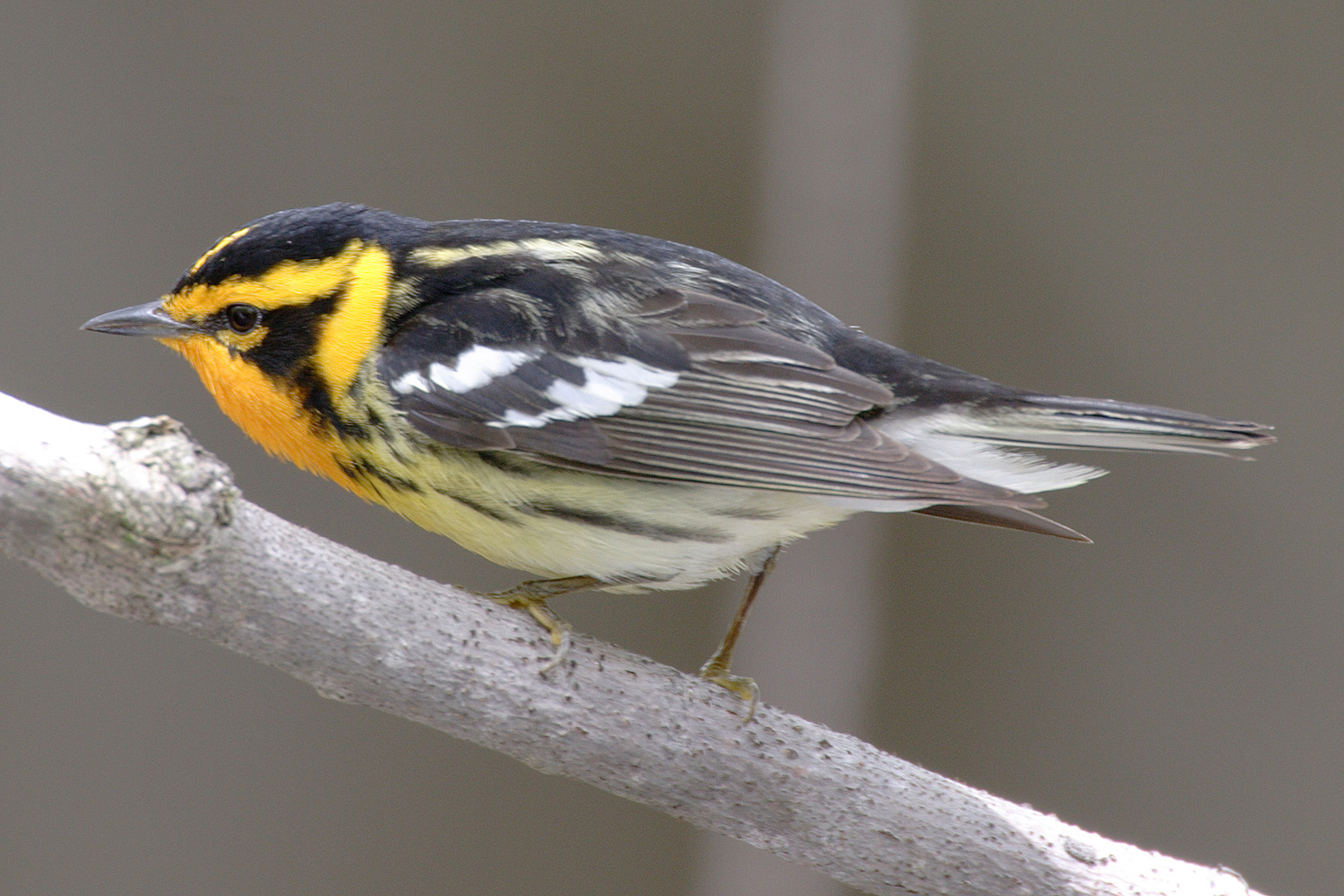Hello, Frank Indiviglio here. Early September is late summer in our world, but our avian neighbors are already well into their preparations for the upcoming winter. By mid-August in the USA’s northern states, insect-eaters such as Hooded Warblers, Flycatchers and Scarlet Tanagers have already begun to work their way south. Vireos, Redstarts and a host of others join them in September, after which hundreds of species begin to migrate in earnest. By preparing early, birders can enjoy the spectacle to its fullest while making life a bit easier for their favorite creatures…the following suggestions should help start you on your way.
Research
 Knowing what types of birds you can expect to see year-round and during the migration season will assist you in attracting them to your feeders. Field guides and your local chapter of the National Audubon Society are both very useful in this regard. Don’t forget to check for lists of unusual visitors and “strays” (please see Rare Bird Alerts, below). Fall and winter bring many surprise guests…winter birding in NYC has rewarded me with Snowy Owls, Crossbills, Northern Shrikes, Snow Buntings and a host of other unexpected species.
Knowing what types of birds you can expect to see year-round and during the migration season will assist you in attracting them to your feeders. Field guides and your local chapter of the National Audubon Society are both very useful in this regard. Don’t forget to check for lists of unusual visitors and “strays” (please see Rare Bird Alerts, below). Fall and winter bring many surprise guests…winter birding in NYC has rewarded me with Snowy Owls, Crossbills, Northern Shrikes, Snow Buntings and a host of other unexpected species.
Clean Your Feeders
Prepare your feeders for the busy season by giving them a thorough cleaning. I prefer Nolvasan (6 tablespoons/gallon water), but many rely on diluted household bleach. It is effective, but should only be mixed and used in an open area, as toxic fumes may accumulate indoors (zookeeper co-workers of mine have reported becoming dizzy while using bleach to clean cages). Hummingbird feeders are particularly difficult to clean, so be sure to use a good feeder brush.
Add/Upgrade Feeders
Keeping seed and other foods dry in bad weather can be a major headache. Steel feeders with wide, overhanging roofs that keep out rain and snow are ideal. Locating feeders below fir trees, porches or other cover will help as well. Window feeders will bring birds very close and allow for great photos; these are more likely to be visited during winter, when hunger may overwhelm caution. Don’t forget the resident Hummingbirds. In recent years, several species have been staying in their summer ranges well into autumn. As their high metabolisms demand lots of food, feeders will be especially critical as flowers die off. Water is hard to come by when all is frozen solid; you can help out by pouring hot water into iced-over birdbaths or using a birdbath de-icer.
Choose Appropriate Foods
You can increase your chances of attracting specific types o
f birds by learning their preferences and then providing favored foods. Freeze-dried mealworms may attract Bluebirds and other insectivorous species that ignore seeds. Also useful are seed mixes specifically formulated for Quails, Doves, Finches, and other birds. Fat and protein packed suet cakes are a vital winter food for almost all feeder visitors.
Prepare for Furry Visitors
Chipmunks, squirrels and other mammals are likely to be drawn to feeders during the fall and winter, especially during early cold spells. Gray Squirrels can sometimes be dissuaded by specially-designed feeders or cayenne-infused seeds, but many folks just set up a squirrel feeder and enjoy the show. Flying Squirrels are a great favorite of mine, and a real treat to observe…please check out this video:
Black Bears and White-Tailed Deer are becoming increasingly accustomed to people, and may be drawn by even very small amounts of food. You should not encourage or approach either (Deer can be dangerously aggressive at times); please contact your state wildlife authority for assistance and advice. Please check out my posts on Twitter and Facebook. Each day, I highlight breaking research, conservation news and interesting stories concerning just about every type of animal imaginable. I look forward to hearing about your interests and experiences as well, and will use them in articles when possible. Please also post your questions and comments below…I’ll be sure to respond quickly. Thanks, until next time, Frank Indiviglio.
Further Reading
More articles on feeding wild birds – Feeding Wild Birds Bird Migration Chart – Attractwildbirds.com Rare Bird Alerts: state-by-state notices of unusual sightings – Birder.com
Image referenced from Wikipedia and originally posted by Mdf.
 That Bird Blog – Bird Care and History for Pet Birds
That Bird Blog – Bird Care and History for Pet Birds


